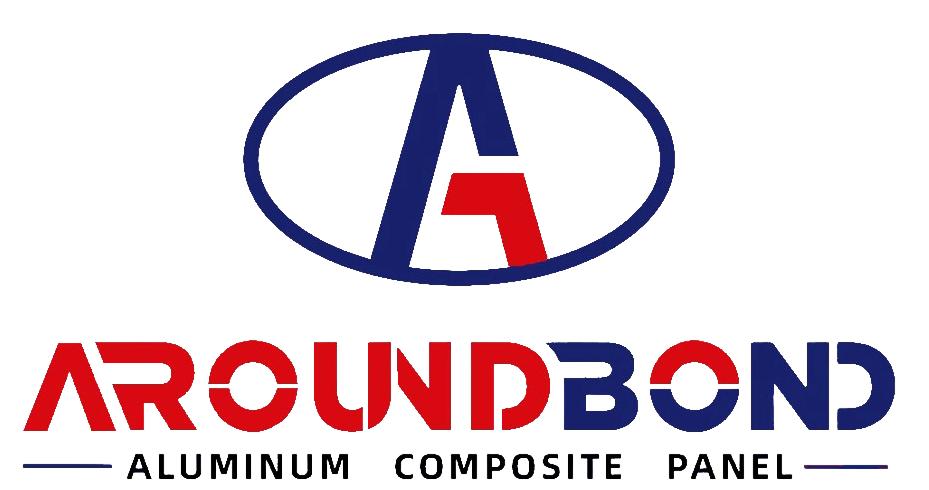Stone Aluminum Composite Panel: The Next Evolution in Sustainable Architectural Cladding
I. Defining the Material: Concept and Composition
Imitation Stone Aluminum Composite Panels (ACP) are engineered cladding systems designed to replicate the aesthetic richness of natural stone while leveraging the functional benefits of aluminum composites. Structurally, they consist of:
Face Layers: Twin sheets of aluminum alloy (AA1100, AA3003, or AA5005), typically 0.3–0.5 mm thick, coated with stone-patterned finishes.
Core: Polyethylene (PE) or mineral-filled fire-retardant core (2–6 mm thick), providing rigidity and insulation.
Surface Coating: PE, PVDF, or Nano-PVDF coatings applied via advanced digital printing/embossing techniques to emulate textures like granite, travertine, or slate.
Unlike quarry-mined stone, these panels combine ecological responsibility with industrial precision—achieving 98% visual fidelity to natural stone while using 100% recyclable materials.
II. Manufacturing Processes: Precision and Artistry
Four core techniques define production:
Water-Based Multicolor Spray :
Uses water-soluble acrylic carriers layered with stone-effect pigments. Creates 3D tactile surfaces resistant to UV fading.
Advantage: Seamless replication of complex marble veins; 25-year color retention under PVDF topcoats.
Stone Grain Transfer Printing :
Heat-presses pre-printed stone patterns onto aluminum coils. Ideal for high-volume projects requiring uniform designs.
Fluorocarbon Spot Spraying :
Electrostatic spraying creates micro-textured “pointillist” stone effects. Enables custom depth/roughness mimicking natural stone.
Roll Coating :
Continuous PVDF/PE coating applied under pressure to aluminum rolls. Most cost-effective for standardized patterns.
Table: Technical Comparison of Production Methods
Stone Aluminum Composite Panel,Process Texture Depth Customization Durability Best For
Water-Based Spray High (3D) Unlimited ★★★★★ Luxury facades
Transfer Printing Medium Moderate ★★★★☆ Large-scale projects
Fluorocarbon Spray Variable High ★★★★☆ Artistic installations
Roll Coating Low Low ★★★☆☆ Budget-conscious builds
III. Performance Advantages Over Natural Stone
Weight & Structural Efficiency:
At 5.5–8 kg/m² (vs. stone’s 25–40 kg/m²), ACPs reduce structural load by 60–80%. Enable taller, slimmer designs without reinforced framing.
Weathering Resistance:
PVDF coatings withstand salt spray, acid rain (pH 3–12), and UV radiation. Accelerated aging tests show **<0.5% color shift after 25 years**. Nano-PVDF variants offer self-cleaning properties.
Fire Safety:
Mineral cores achieve A2-s1, d0 (non-combustible) ratings under EN 13501-1, critical for high-rises >18 m.
Thermal/Acoustic Control:
U-values of 0.5–1.5 W/m²K when paired with insulation; noise reduction up to 30 dB.
Installation Flexibility:
Customizable dimensions: Widths up to 1,650 mm; lengths to 6,500 mm. Can be curved to 1,000 mm radii.
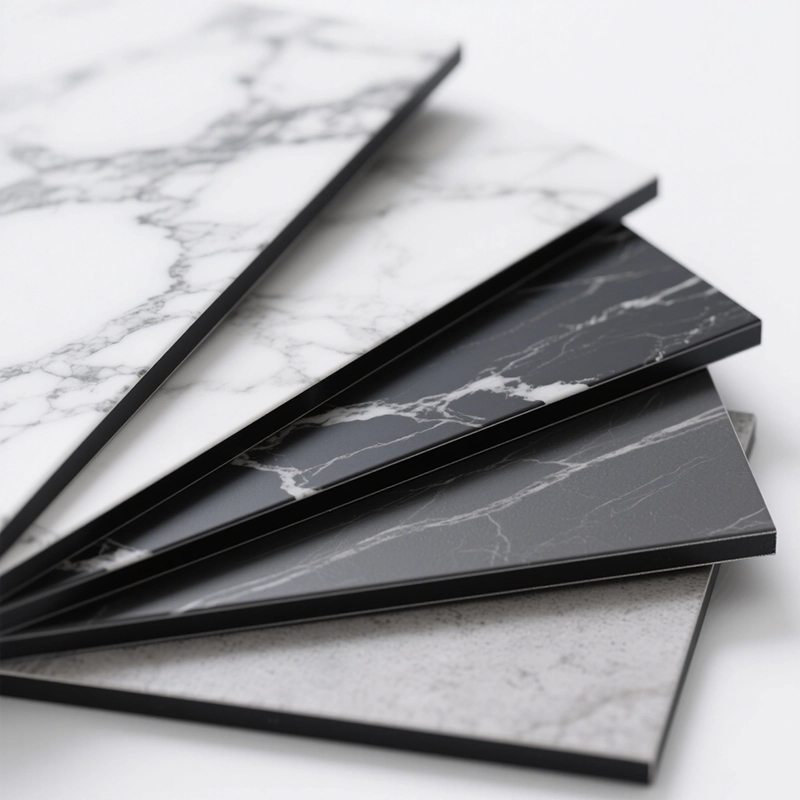
acm panel
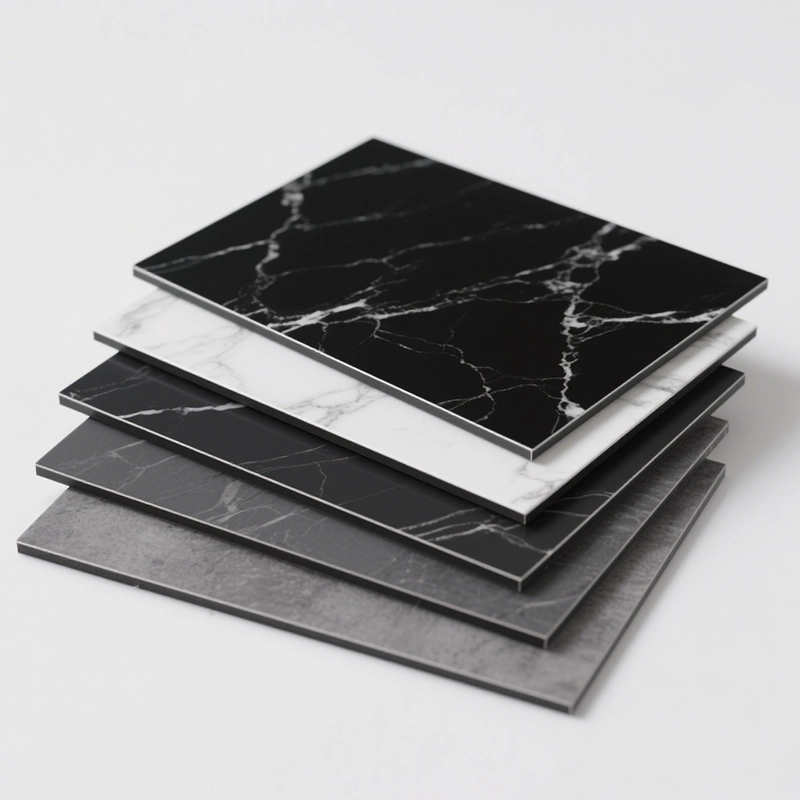
Stone Aluminum Composite Panel
IV. Architectural Applications & Case Studies
High-Rise Facades:
Hangzhou Greentown Jinlin Mansion (China) used roll-coated ACPs to emulate limestone, achieving 40% cost savings vs. natural stone while passing 3.5 kPa wind load tests.
Cultural Landmarks:
Chongqing Hanlin Tiancheng’s entrance features fluid, folded ACP panels mimicking canyon rock formations—unachievable with quarried stone.
Sustainable Retrofit:
Singapore’s Parkroyal Hotel integrated recycled-content ACPs (73% reclaimed Al) for LEED Platinum certification.
Table: Specification Guidelines by Project Type
Application Recommended Thickness Coating Special Features
Skyscrapers (>100m) 6 mm Nano-PVDF Fireproof mineral core
Coastal Buildings 5 mm PVDF Salt-spray resistance
Interior Feature Walls 3–4 mm PE/PVDF Woodgrain/stone hybrids
Renovation Projects 4 mm Roll-coated Lightweight retrofit
V. Sustainability & Market Evolution
Circular Economy:
Aluminum skins are 100% recyclable; closed-loop anodizing reduces water use by 60%. Brands like Alstrong offer panels with 30–50% recycled content.
Carbon Footprint:
Production emits 80% less CO₂ than stone quarrying. Transport emissions drop 70% due to weight reduction.
Digital Disruption:
AI platforms (e.g., Envel) simulate 5,000+ stone patterns in real-time, slashing customization costs by 22%.
VI. Challenges and Future Directions
Perception Barriers: Overcoming designer preference for “authentic” stone through hyper-realistic textures.
Self-Healing Polymers: Experimental PVDF coatings repair micro-scratches via solar activation.
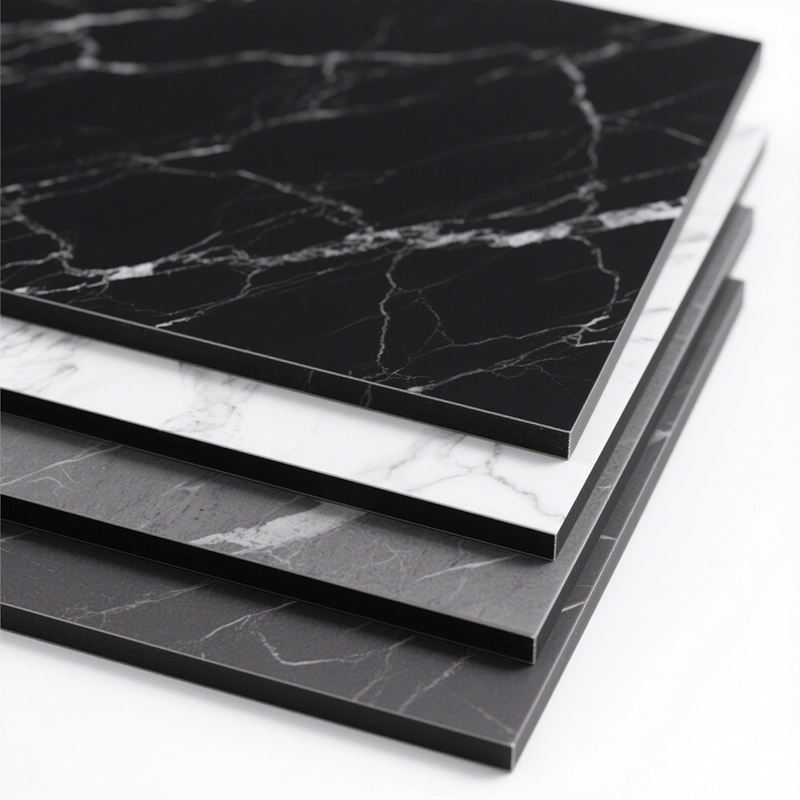
Imitation marble aluminum plastic panel
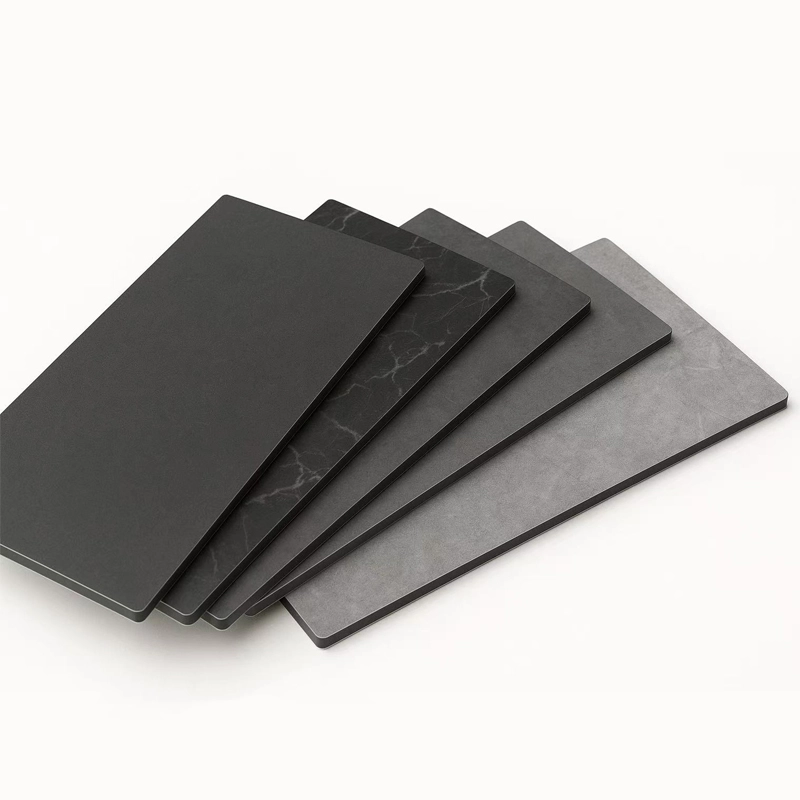
Stone Aluminum Composite Panel
Stone Aluminum Composite Panel,Biophilic architecture and net-zero mandates accelerate, these panels will dominate sustainable cladding—transforming urban skylines into resilient, eco-conscious landmarks.
🌍 Key Takeaway: Specify PVDF-coated 4–6 mm panels with mineral cores for projects demanding beauty, durability, and planetary responsibility.
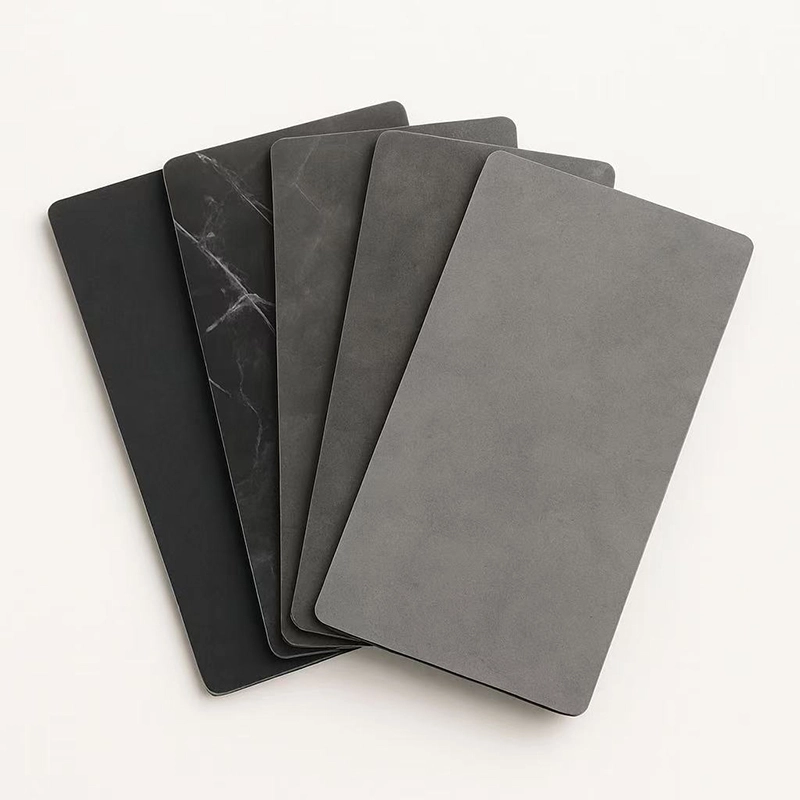
Stone Aluminum Composite Panel
Aroundbond recommends more products:https://acpmanufactory.com/store/
Aroundbond Shop:
https://shanghaijijia.en.alibaba.com/?spm=a2700.29482153.0.0.460a71d2BIcV6V
Related products
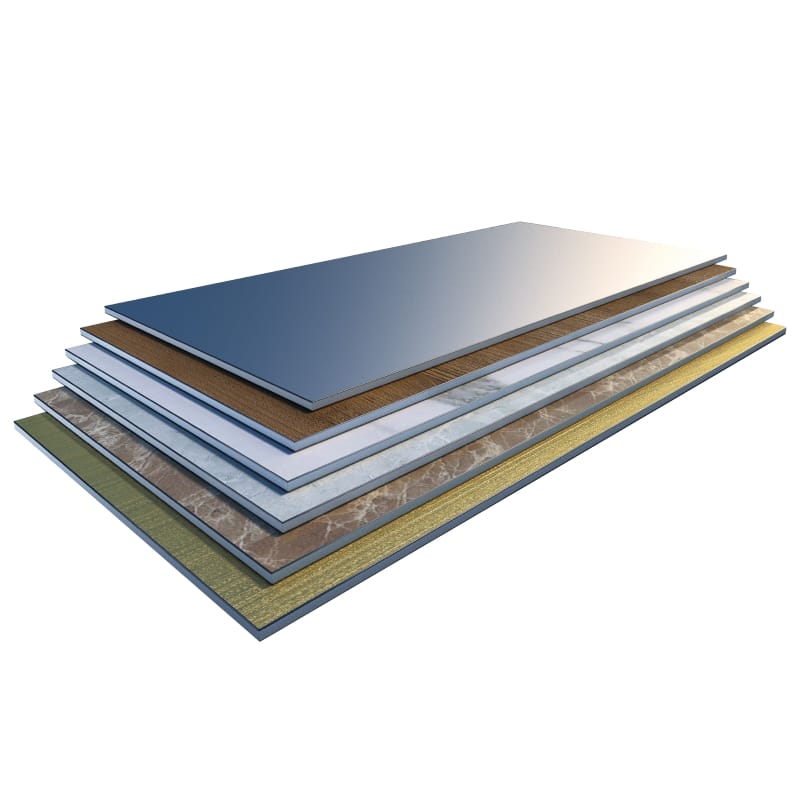
Aluminum Composite Materials (ACM Panels)
Categories: UncategorizedViews: 113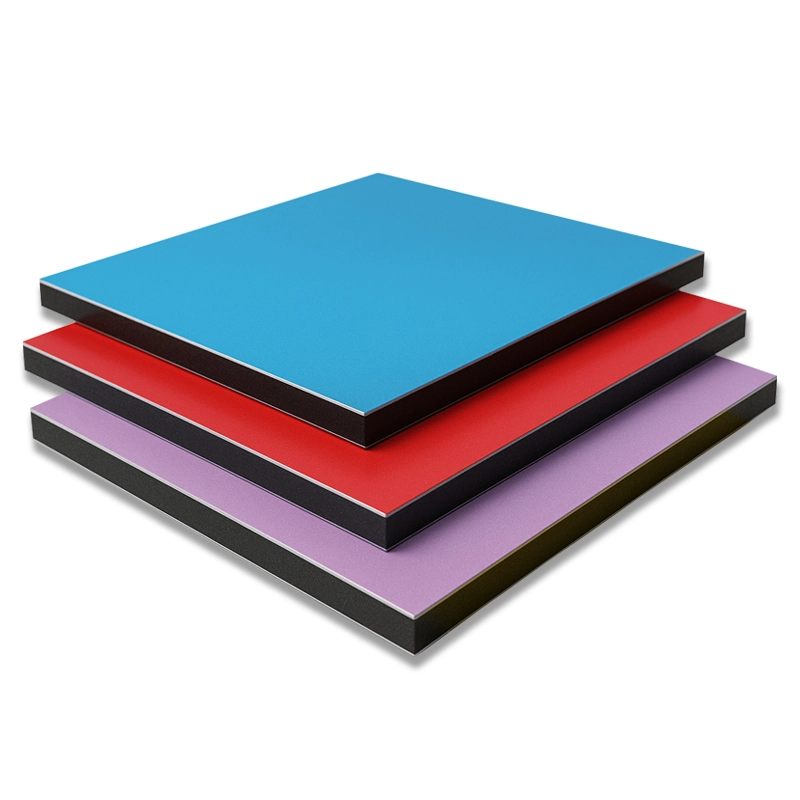
5mm Aluminum composite panels
Categories: UncategorizedViews: 157
Aluminum Composite Panels PVDF ACP/ACM Sheet for Interior or Exterior
Categories: UncategorizedViews: 91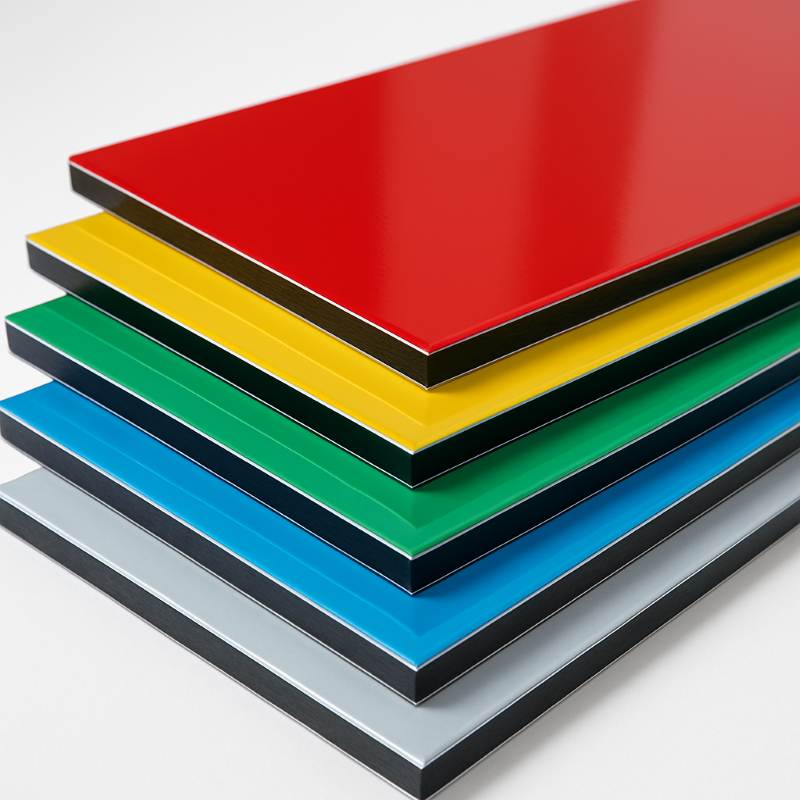
High gloss aluminum composite panels
Categories: UncategorizedViews: 82

